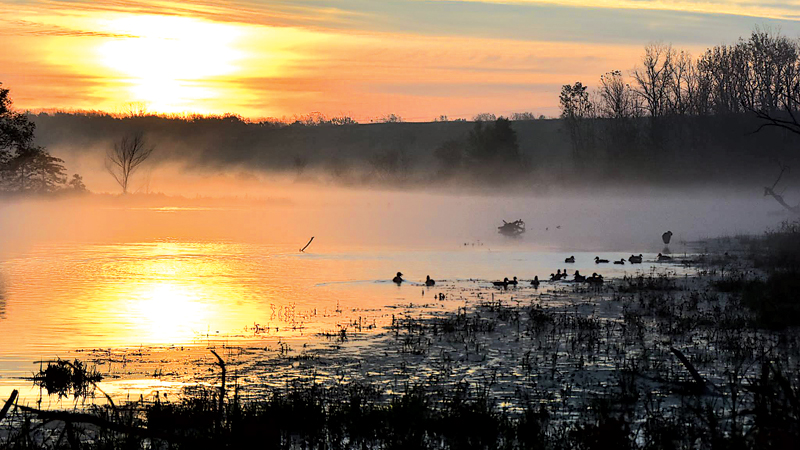FOREST THERAPY

I’ve been receiving therapy since I was a young boy. Whenever Mother or Dad took me for a walk on a trail in the State Park, near our home town, I was receiving therapy. Walking along the river near our home, I was receiving therapy. Walking in the shade of the trees, seeing wildflowers and birds and other animals was therapy. Even driving on a country road, noticing the plants and animals along the road was therapy.
I didn’t know it was therapy, nor did Mother and Dad. But I remember being so taken with the trees and wildflowers and birds, with nature, that I didn’t think about anything else, not my toys or being told to put them away, or to wash my hands or brush my teeth, not about school or homework or squabbles with my little brother.
Nobody called walking in a forest, or a woods, therapy when I was a boy. It was getting back to nature, an escape from the cares of living in a society. It was just relaxing.
In 1982 officials of the Forestry Agency of Japan reported there were benefits of getting back to nature and called the exercise forest therapy. There had been people in other countries who had recognized benefits of getting back to nature. Some Americans gave it a name also, forest bathing.
When Mother or Dad took me for a walk in the State Park they were getting as much benefit as I was. Everybody who goes out in a forest and takes time to consider his or her surroundings derives some benefit. It’s an escape from our fast-paced way of life.
Today there are forest therapists; guides who take people for walks in a forest or in other contacts with nature. It may be a walk in a park, a hike along a river or stream, a visit to a National or State Park. It may be climbing a mountain. It may just be a drive through scenic country. As they go the therapist points to the scenery, names trees and other plants, birds and other animals, land formations, taking in the forest atmosphere or other natural conditions. There is an Association of Nature and Forestry Guides and Programs.
Scientists have now studied the affects of getting back to nature and have found it lowers a person’s blood pressure. It also lowers the heart rate. It calms the nerves. It lowers the level of cortisol, a stress related hormone, and increases the beneficial cells of a person’s immune system.
There are adverse affects of getting back to nature also. There is possible contact with poison ivy and stinging nettles. Once when I was a boy walking in a woods and got to learn an unforgettable lesson about stinging nettles. I didn’t have any toilet paper, of course. So I grabbed a hand full of leaves. As soon as I began to wipe I felt I had made a mistake.
There are irritating biting and stinging insects in nature; mosquitoes, flies, ticks, ground nesting bees. There are diseases carried and transmitted by insects; malaria, yellow fever, lyme disease.
There is the possibility of a close encounter with a skunk, with the well known result. Or of contact with a porcupine and a painful result. There are animals that are actually life threatening; bears, mountain lions, rattlesnakes.
There is the possibility of physically over exerting yourself. You can hike too far or too fast. You can go walking in extreme heat and becoming overheated or dehydrated.
The benefits of forest therapy outweigh the adverse affects, however, at least for me. Not just to me. There is a book, by Florence Williams, titled The Nature Fix.” Summing up Williams wrote, “It feels good to be out in nature.”
- Birds As Weather Forecasters – Life In The Outdoors - December 17, 2021
- Rare Bird Spotted In Indiana – Life In The Outdoors - October 8, 2021
- MY EXPERIENCE WITH DEER – Life In The Outdoors - July 30, 2021


